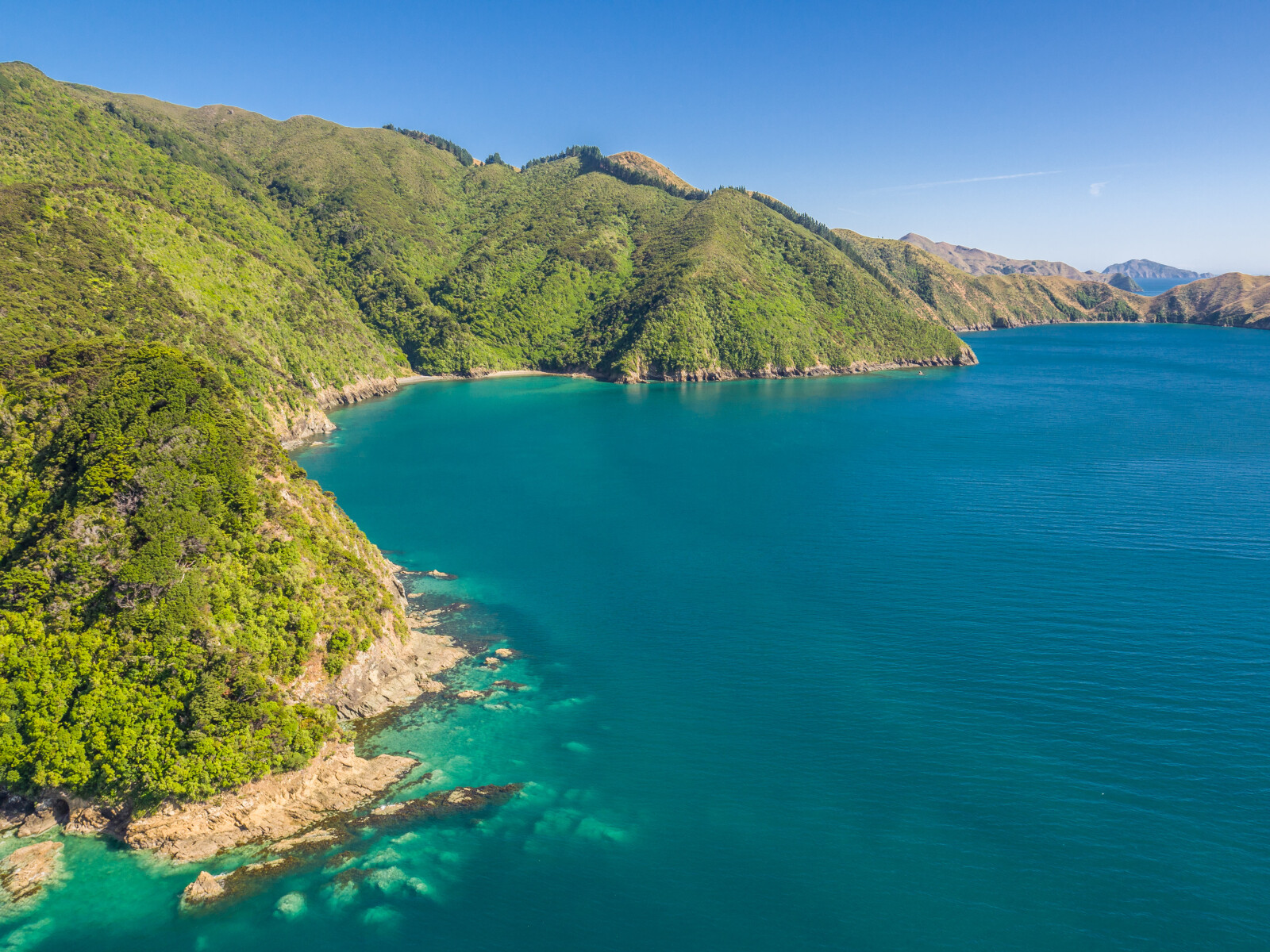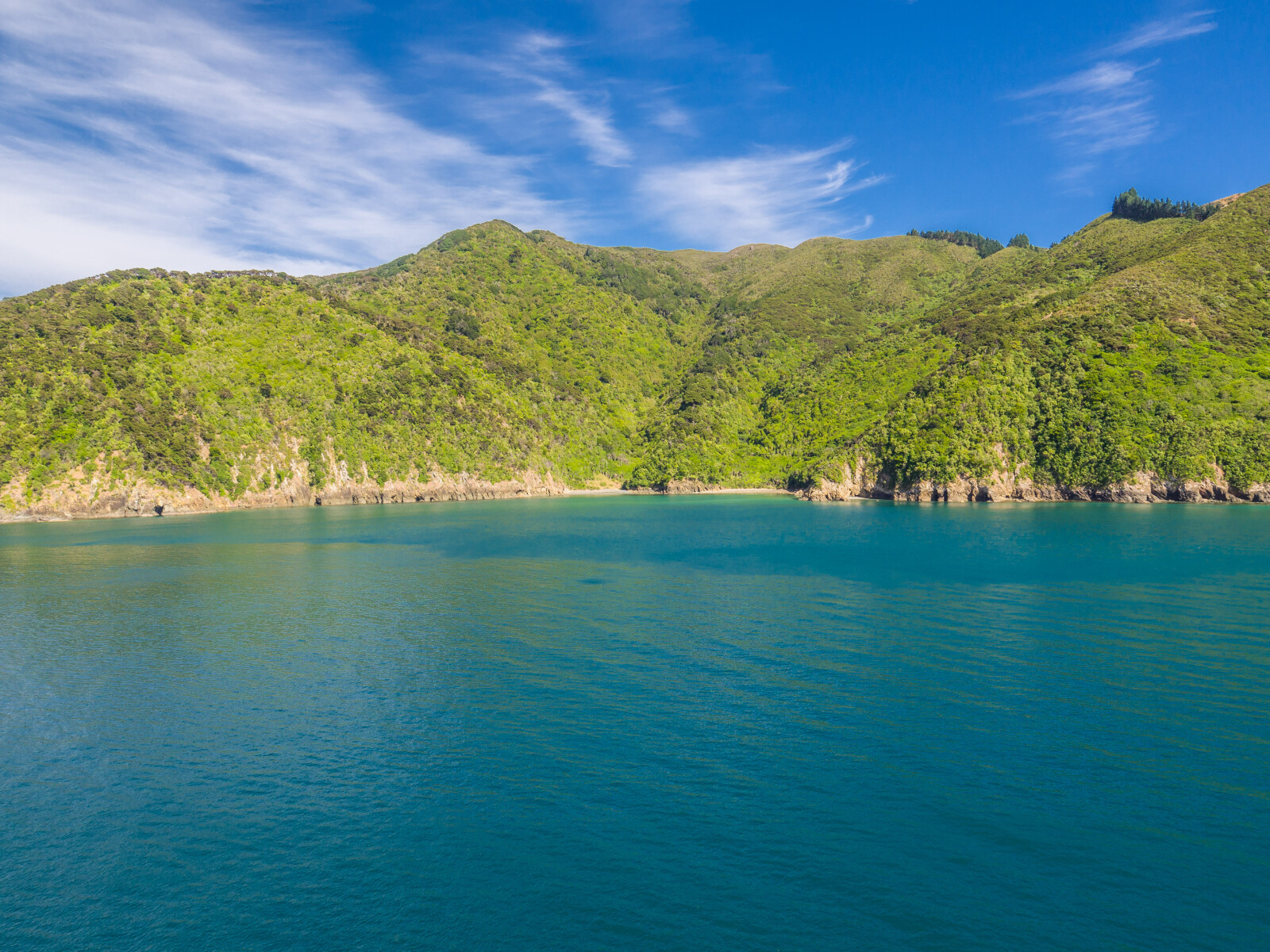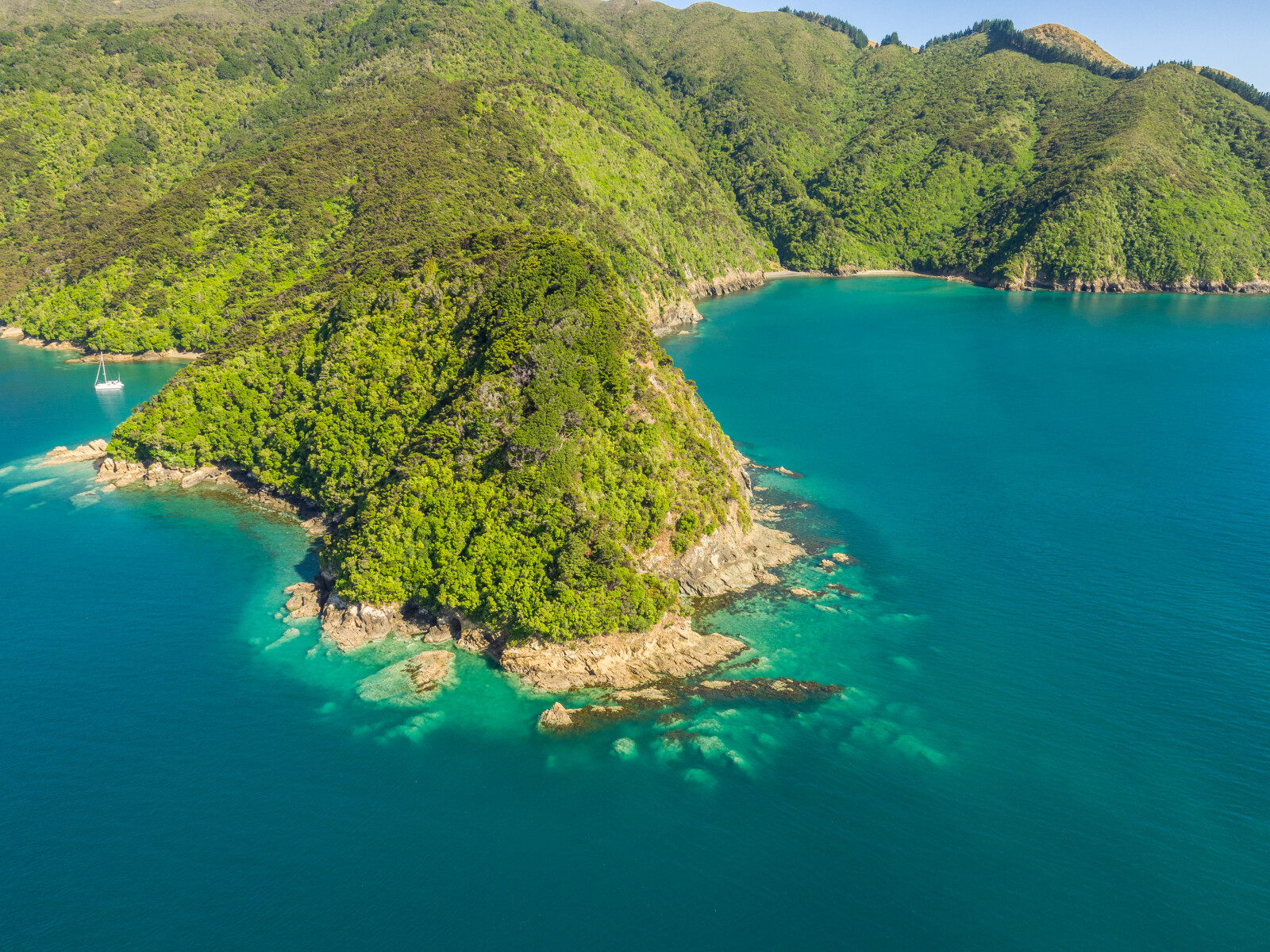It is likely this bay was known by local Māori as Tapapekohia. European settlers named it Massacre Bay after an incident in July 1824 where several of the crew of a sealing ship, the Samuel, were killed.
Commanded by Captain John Dawson, the Samuel sought refuge from a storm in Tapapekohia Bay, while journeying from Sydney, Australia to Foveaux Strait. While in the bay, the ship was visited by several canoes from the local iwi, Ngati Kuia. Unfortunately, one of the crew, possibly by accident, emptied a bucket of slops over the side of the ship, onto the head and body of the local chief, Waihaere.
The desecration of a chief was a severe insult and called for revenge. The iwi enticed members of the crew to join them on shore to visit their pa. While on land the Māori attacked, killing Captain Dawson and five of his crew. Those remaining on board saw what occurred and put out to sea, returning to Australia to report the events.1
Until the late 1820s sealing remained a lucrative business around the South Island of New Zealand. During this period, the outer sounds, including D’Urville Island/Rangitoto continued to attract sealing vessels in need of refuge or refitting.2
1. Hilary Mitchell and John Mitchell, Te Tau Ihu O Te Waka: a History of Maori of Nelson and Marlborough: Volume 1: Te Tangata me Te Whenua- the People and the Land (Wellington: Huia, 2004) 230-231.
2. Robert McNab, Murihiku: A History of the South Island of New Zealand and the Islands Lying Adjacent and Lying to the South from 1642 to 1835 (Wellington: Whitcombe and Tombs, 1909), accessed May 14, 2018, http://nzetc.victoria.ac.nz/tm/scholarly/tei-McNMuri-t1-body-d1-d24.html .






